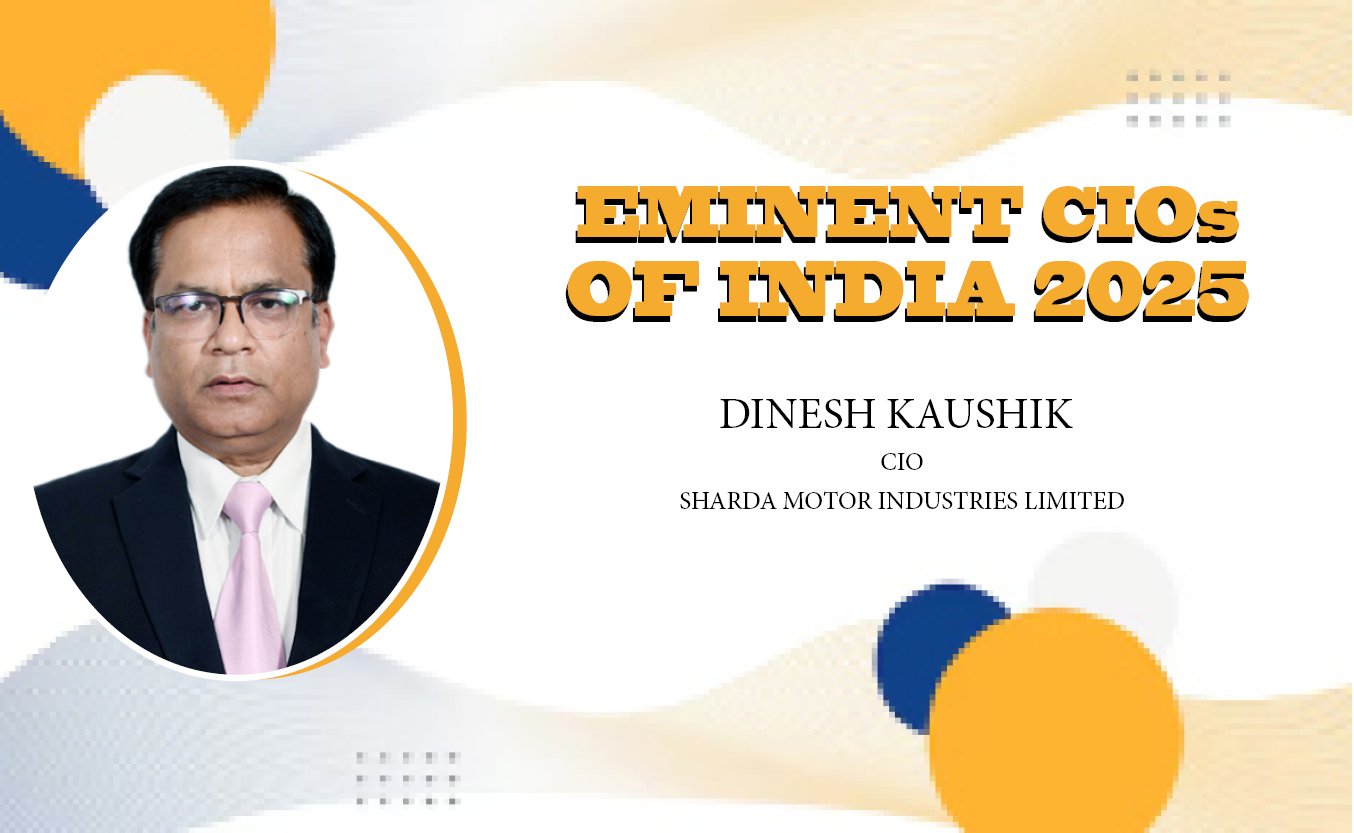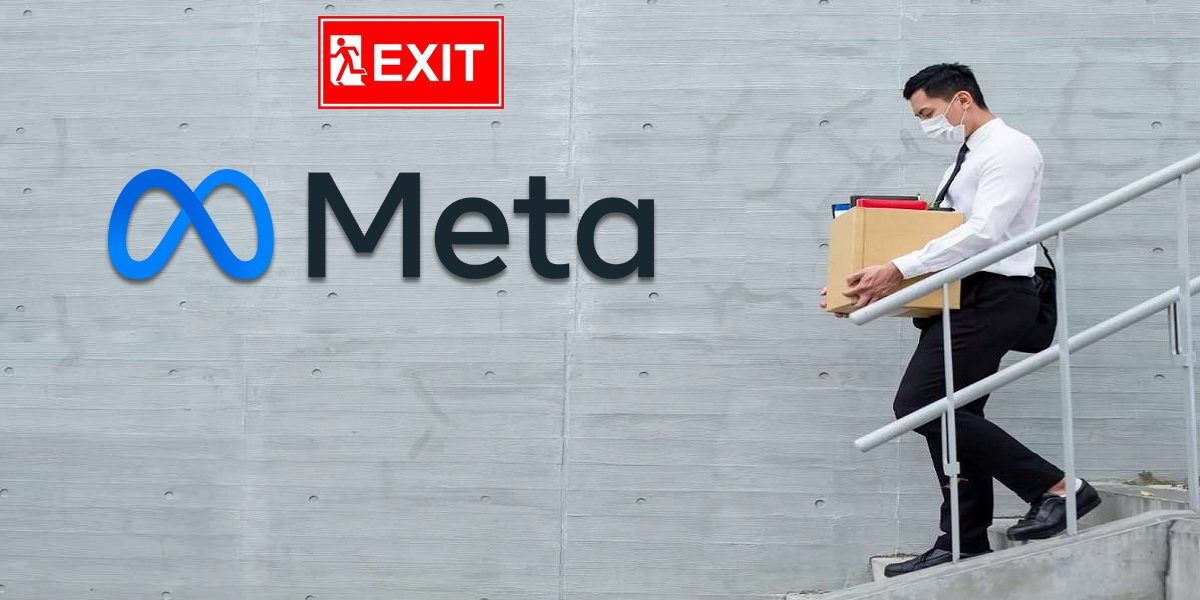Dinesh Kaushik, CIO, Sharda Motor Industries Limited
AI is now integral across functions, powering chatbots, analytics, and generative content. Hyper automation is streamlining workflows via AI, RPA, and smart document tools. Zero Trust Architecture is vital for securing hybrid workforces. Composable enterprises use modular, API-driven apps for agility and innovation.
Sustainability tech—like carbon tracking and green IT—is shaping IT strategies. Quantum readiness is emerging, with firms exploring quantum-safe encryption. These shifts are redefining business and tech models, placing CIOs at the helm of transformation and innovation.
Moving to holistic cyber hygiene
Cyber hygiene is now a company-wide priority, starting with scenario-based, gamified training for all employees. Regular phishing simulations and microlearning modules boost vigilance and retention. Security awareness is embedded into onboarding, with role-specific training via LMS platforms. A Security Champions Network within business units promotes best practices, while executive leadership drives a culture of accountability. Behavioral analytics help monitor user actions, enabling targeted nudges and interventions to correct risky behavior. With leadership buy-in and continuous learning, cybersecurity awareness is no longer an IT concern alone—it’s a shared responsibility across the organization.
Integrating Nex-Gen Technologies
AI is transforming security through behavioral analytics, anomaly detection, and automated incident response. Self-healing systems enable proactive maintenance and quick issue resolution. Zero Trust frameworks enforce identity-first security with continuous verification. Secure Access Service Edge (SASE) integrates networking and security in cloud-native environments. DevSecOps embeds security early in development, ensuring vulnerabilities are addressed from the start. Together, these advancements create a resilient, adaptive cybersecurity posture.
Rise of Strategic Business Leaders
The CIO has evolved from an IT custodian to a business strategist, driving revenue, customer experience, and innovation. They now lead digital transformation, AI initiatives, and product alignment, while collaborating across HR, finance, and marketing to embed technology into core operations. As data stewards, CIOs also oversee enterprise data strategy and governance. This transformation has led to closer collaboration among CIOs, CTOs, CISOs, and DPOs—though roles remain distinct. While CTOs focus on innovation, CISOs manage cybersecurity, and DPOs ensure compliance, these leaders increasingly converge on data governance, AI ethics, and cyber risk.
In smaller firms, the DPO role is often merged with the CIO or CISO due to limited resources. However, regulations like GDPR recommend independence to avoid conflicts. In data-driven sectors, maintaining a standalone DPO is best practice to ensure compliance and uphold data ethics.






